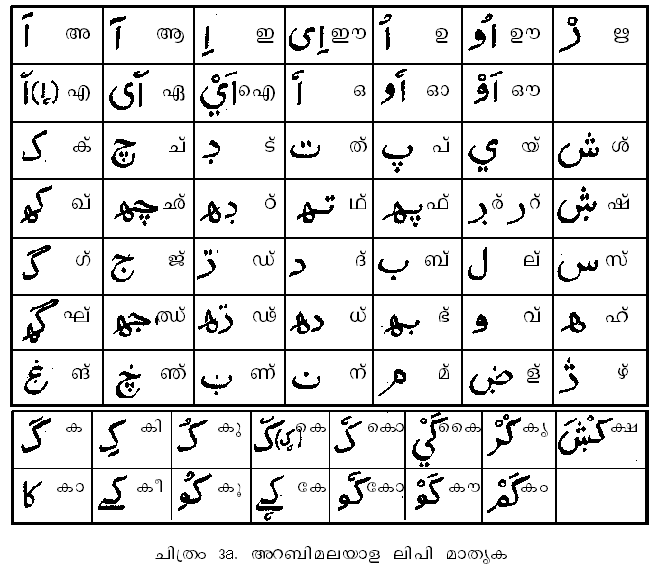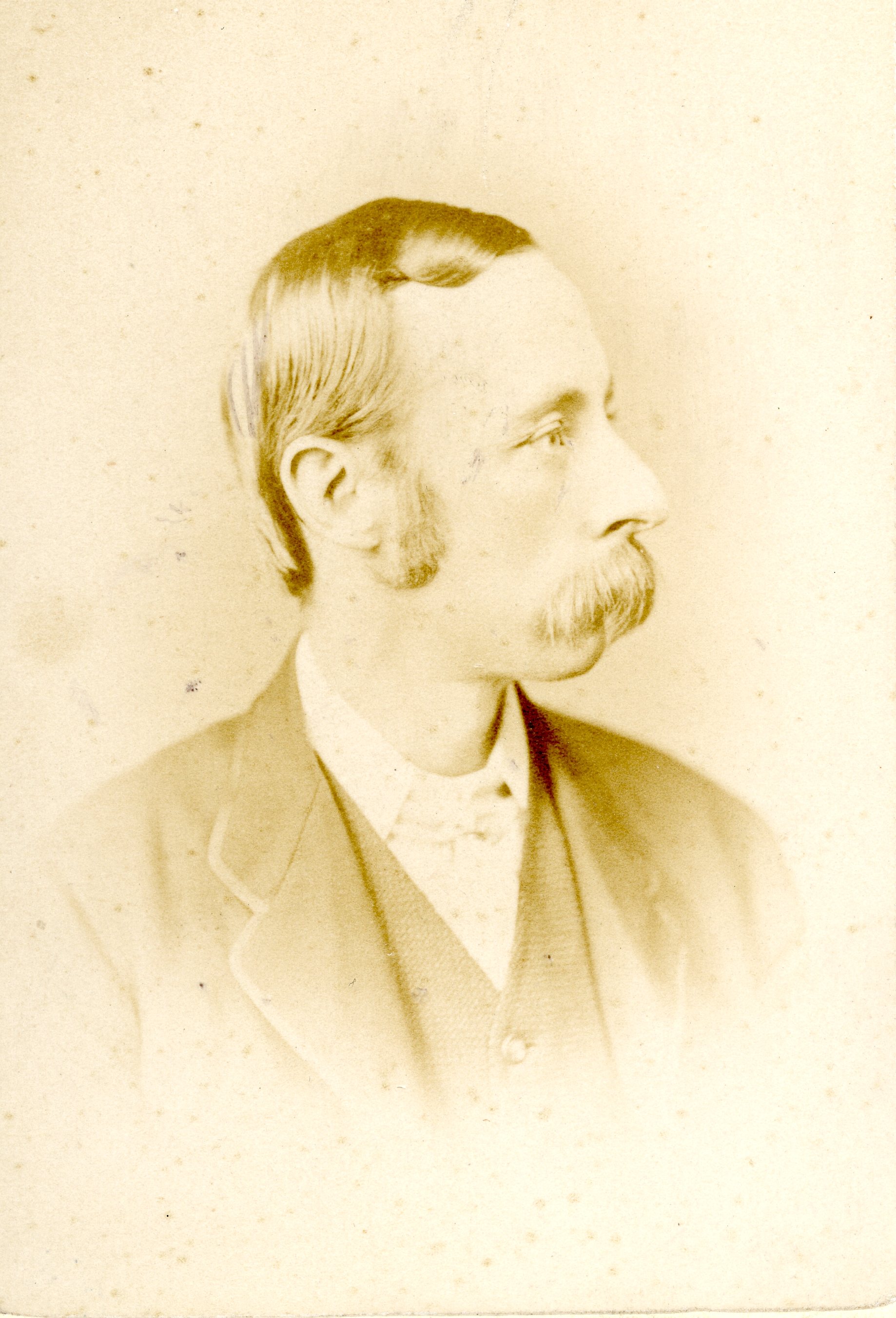|
Adhyathmaramayanam
''Adhyatma Ramayanam Kilippattu'' is the most popular Malayalam version of the Sanskrit Hindu epic ''Ramayana''. It is believed to have been written by Thunchaththu Ramanujan Ezhuthachan in the early 17th century, and is considered to be a classic of Malayalam literature and an important text in the history of Malayalam language. It is a retelling of the Sanskrit work '' Adhyatma Ramayana'' in Kilippattu (bird song) format. Ezhuthachan used the Grantha-based Malayalam script to write his ''Ramayana'', although the Vatteluttu writing system was the traditional writing system of Kerala then. Recitation of ''Adhyatma Ramayanam Kilippattu'' is very important in Hindu families in Kerala. The month of Karkitakam in the Malayalam calendar is celebrated as the Ramayana recitation month and Ramayana is recited in Hindu houses and temples across Kerala. Date and authorship Tradition ascribes the authorship of the Sanskrit '' Adhyatma Ramayana'' to Ramananda since it is said to be an int ... [...More Info...] [...Related Items...] OR: [Wikipedia] [Google] [Baidu] |
Malayalam Literature
Malayalam, the lingua franca of the Indian state of Kerala and the union territories of Lakshadweep and Puducherry (union territory), Puduchery, is one of the six classical languages of India. Malayalam literature comprises those literary texts written in Malayalam, a Dravidian languages, South-Dravidian language spoken in the Indian state of Kerala. The first travelogue in any Indian language is the Malayalam ''Varthamanappusthakam'', written by Paremmakkal Thoma Kathanar in 1785. Malayalam literature has been presented with 6 Jnanpith Award, Jnanapith awards, the second-most for any Dravidian language and the third-highest for any Indian language. The Sangam literature can be considered as the ancient predecessor of Malayalam. The origin of Malayalam calendar dates back to year 825 CE. It is generally agreed that the Quilon Syrian copper plates of 849/850 CE is the available oldest inscription written in Old Malayalam. The earliest known literary works in Malayalam are ''Rama ... [...More Info...] [...Related Items...] OR: [Wikipedia] [Google] [Baidu] |
Malayalam
Malayalam (; , ) is a Dravidian languages, Dravidian language spoken in the Indian state of Kerala and the union territories of Lakshadweep and Puducherry (union territory), Puducherry (Mahé district) by the Malayali people. It is one of 22 Languages with official status in India, scheduled languages of India. Malayalam was designated a "Classical Languages of India, Classical Language of India" in 2013. Malayalam has official language status in Kerala, Lakshadweep and Puducherry (Mahé, Puducherry, Mahé), and is also the primary spoken language of Lakshadweep. Malayalam is spoken by 35.6 million people in India. Malayalam is also spoken by linguistic minorities in the neighbouring states; with a significant number of speakers in the Kodagu and Dakshina Kannada districts of Karnataka, and Kanyakumari district, Kanyakumari, Coimbatore district, Coimbatore and Nilgiris district, Nilgiris district of Tamil Nadu. It is also spoken by the Malayali diaspora, Malayali Diaspora wo ... [...More Info...] [...Related Items...] OR: [Wikipedia] [Google] [Baidu] |
Thunchaththu Ramanujan Ezhuthachan
Thunchaththu Ramanujan Ezhuthachan (, ) ( ''fl.'' 16th century) was a Malayalam devotional poet, translator and linguist. He was one of the prāchīna kavithrayam (old triad) of Malayalam literature, the other two being Kunchan Nambiar and Cherusseri. He has been called the "Father of Modern Malayalam Literature", and the "Primal Poet in Malayalam". He was one of the pioneers of a major shift in Kerala's literary culture (the domesticated religious textuality associated with the Bhakti movement). His work is published and read far more than that of any of his contemporaries or predecessors in Kerala. He was born in a place called Thunchaththu in present-day Tirur in the Malappuram district of northern Kerala, in a traditional Hindu family. Little is known with certainty about his life. He was not from a brahmin community and for long, brahmins of kerala were reluctant to accept him. His success even in his own lifetime seems to have been great.'''' Later he and his follow ... [...More Info...] [...Related Items...] OR: [Wikipedia] [Google] [Baidu] |
Ramayanam Kilippattu Page
The ''Ramayana'' (; ), also known as ''Valmiki Ramayana'', as traditionally attributed to Valmiki, is a smriti text (also described as a Sanskrit epic) from ancient India, one of the two important epics of Hinduism known as the ''Itihasas'', the other being the ''Mahabharata''. The epic narrates the life of Rama, the seventh ''avatar'' of the Hindu deity Vishnu, who is a prince of Ayodhya in the kingdom of Kosala. The epic follows his fourteen-year exile to the forest urged by his father King Dasharatha, on the request of Rama's stepmother Kaikeyi; his travels across the forests in the Indian subcontinent with his wife Sita and brother Lakshmana; the kidnapping of Sita by Ravana, the king of Lanka, that resulted in bloodbath; and Rama's eventual return to Ayodhya along with Sita to be crowned as a king amidst jubilation and celebration. Scholarly estimates for the earliest stage of the text range from the 7th–5th to 5th–4th century BCE, and later stages extend up to the 3 ... [...More Info...] [...Related Items...] OR: [Wikipedia] [Google] [Baidu] |
Ramayana
The ''Ramayana'' (; ), also known as ''Valmiki Ramayana'', as traditionally attributed to Valmiki, is a smriti text (also described as a Sanskrit literature, Sanskrit Indian epic poetry, epic) from ancient India, one of the two important epics of Hinduism known as the ''Itihasas'', the other being the ''Mahabharata''. The epic narrates the life of Rama, the seventh ''avatar'' of the Hindu deity Vishnu, who is a prince of Ayodhya (Ramayana), Ayodhya in the kingdom of Kosala. The epic follows Exile of Lord Rama, his fourteen-year exile to the forest urged by his father King Dasharatha, on the request of Rama's stepmother Kaikeyi; his travels across the forests in the Indian subcontinent with his wife Sita and brother Lakshmana; the kidnapping of Sita by Ravana, the king of Lanka, that resulted in bloodbath; and Rama's eventual return to Ayodhya (Ramayana), Ayodhya along with Sita to be crowned as a king amidst jubilation and celebration. Scholarly estimates for the earliest stage ... [...More Info...] [...Related Items...] OR: [Wikipedia] [Google] [Baidu] |
Adhyatma Ramayana
''Adhyatma Ramayana'' (Devanāgarī: अध्यात्म रामायण, International Alphabet of Sanskrit Transliteration, IAST: ''Adhyātma Rāmāyaṇa'', ) is a 13th- to 15th-century Sanskrit text that allegorically interprets the story of Hindu epic ''Ramayana'' in the Advaita Vedanta framework. It is embedded in the latter portion of ''Brahmānda Purana,'' and the author is considered to be Vyasa. The Hindu tradition also attributes the text to the Bhakti movement saint Ramananda. The text consists of 7 books, 65 chapters or 4,500 verses in the form of a dialogue between Shiva and Parvati. Adhyatma Ramayana contains the ideal characteristics of Rama and the precepts related to devotion, knowledge, dispassion, adoration and good conduct. Rama is presented as the supreme Brahman in the text, while the struggles of Sita and him are re-interpreted in an abstract spiritual form. The allegory inspired several later versions of the Ramayana story in languages like Awadhi ... [...More Info...] [...Related Items...] OR: [Wikipedia] [Google] [Baidu] |
Kilippattu
Kilippattu or ''parrot song'' is a genre of Malayalam poems in which the narrator is a parrot, a bee, a swan, and so on. Kiḷippaṭṭu was popularized by the 16th-century poet Ezhuthachan (The Father Of The Malayalam language). In Adhyathmaramayanam (work of Ezhuthachan), each chapter starts with calling of parrot and asking it tell song of Rama. Famous kiḷippaṭṭu * Adhyathmaramayanam - Ezhuthachan * Mahabharatham kilippattu - Ezhuthachan * Sivapuranam kilippattu - Kunchan Nambiar Kunchan Nambiar was a prominent Malayalam poet of the 18th century (1705-1770). Apart from being a prolific poet, Nambiar is also famous as the originator of the dance art form of Thullall, most of his works were written for use in Thullal per ... * Devimahathmyam Kilippattu * Kadangot Makkam (kilippattu) - myth of Kadangot Makkam References Poems in Malayalam {{Poetry-stub ... [...More Info...] [...Related Items...] OR: [Wikipedia] [Google] [Baidu] |
Vamadeva
Vamadeva () is a ''rishi'' (sage) in Hindu literature. He is credited as the author of Mandala 4 of the ''Rigveda''. He is mentioned prominently in the ''Upanishads'' as well, particularly the '' Brihadaranyaka'' and the '' Aitareya''. He is described to be the son of a sage named Gotama and the brother of Nodhasa, who is also associated with hymns in the ''Rigveda''. According to the orientalist Pargiter, Vamadeva is the father of Brihaduktha, and belongs to the lineage of Sage Angiras. Etymology Vamadeva is probably a '' bahuvrihi'' (Sanskrit compound) which means "he whose God is beautiful". Hinduism In the ''Mahabharata'', a king of the Solar dynasty named Shala visits Vamadeva's hermitage during a hunt, asking the sage for a few of his horses belonging to the herd called vamya, reputed to be swift. Vamadeva agrees to lend the king the vamyas for the purpose of catching a deer, on the condition that they be returned to him immediately after the king's hunt. Shala breaks ... [...More Info...] [...Related Items...] OR: [Wikipedia] [Google] [Baidu] |
Valmiki
Valmiki (; , ) was a legendary poet who is celebrated as the traditional author of the epic ''Ramayana'', based on the attribution in the text itself. He is revered as ''Ādi Kavi'', the first poet, author of ''Ramayana'', the first epic poem. The ''Ramayana'', originally written by Valmiki, consists of 24,000 shlokas and seven cantos (kaṇḍas). The is composed of about 480,002 words, being a quarter of the length of the full text of the ''Mahabharata'' or about four times the length of the ''Iliad''. The ''Ramayana'' tells the story of a prince, Rama of the city of Ayodhya (Ramayana), Ayodhya in the Kosala, Kingdom of Kosala, whose wife Sita is abducted by Ravana, the demon-king (Rakshasa) of Lanka. The scholars' estimates for the earliest stage of the text ranging from the 8th to 4th centuries BCE, and later stages extending up to the 3rd century CE, although original date of composition is unknown. As with many traditional epics, it has gone through a process of interp ... [...More Info...] [...Related Items...] OR: [Wikipedia] [Google] [Baidu] |
Bharadwaja
Bharadvaja (, ; also spelled Bharadwaja) was one of the revered Vedic sages ( maharishi) in Ancient India. He was a renowned scholar, economist, grammarian and a physician. He is one of the Saptarshis (seven great sages or Maharṣis). His contributions to ancient Indian literature, specifically the ''Rigveda'', provide significant insight into ancient Vedic society. He and his family of students were the authors of Mandala 6 in the ''Rigveda''. In the epic '' Mahabharata'', Bharadvaja was the father of Droṇācārya, the guru and instructor to the Pandava and Kaurava princes in the Mahabharata. Bharadvaja is also mentioned in '' Charaka Samhita'', an authoritative ancient Indian medical text. Etymology The word ''Bharadvaja'' is a compound Sanskrit from "''bhara(d)''" and "''vaja(m)''", which together mean "bringing about nourishment". The name lends itself to more than one yoga asana called Bharadvajasana ("nourishing pose") named after the eponymous sage. Descri ... [...More Info...] [...Related Items...] OR: [Wikipedia] [Google] [Baidu] |
Viswamitra
Vishvamitra (, ) is one of the most venerated rishis or sages of ancient India. Vishvamitra is one of the seven Brahmarshi. According to Hindu tradition, he is stated to have written most of the Mandala 3 of the Rigveda, including the Gayatri Mantra (3.62.10). The Puranas mention that only 24 rishis since antiquity have understood the whole meaning of —and thus wielded the whole power of — the Gayatri Mantra. Vishvamitra is supposed to have been the first, and Yajnavalkya the last. Before renouncing his kingdom and royal status, Brahmarishi Vishvamitra was a king, and thus he retained the title of Rajarshi, or 'royal sage'. Textual background Historically, Viśvāmitra Gāthina was a Rigvedic rishi who was the chief author of Mandala 3 of the Rigveda. Viśvāmitra was taught by Jamadagni Bhārgava. He was the purohita of the Bharata tribal king Sudās, until he was replaced by Vasiṣṭha. He aided the Bharatas in crossing the Vipāśa and Śutudrī rivers (mo ... [...More Info...] [...Related Items...] OR: [Wikipedia] [Google] [Baidu] |







